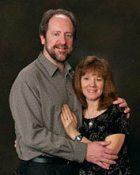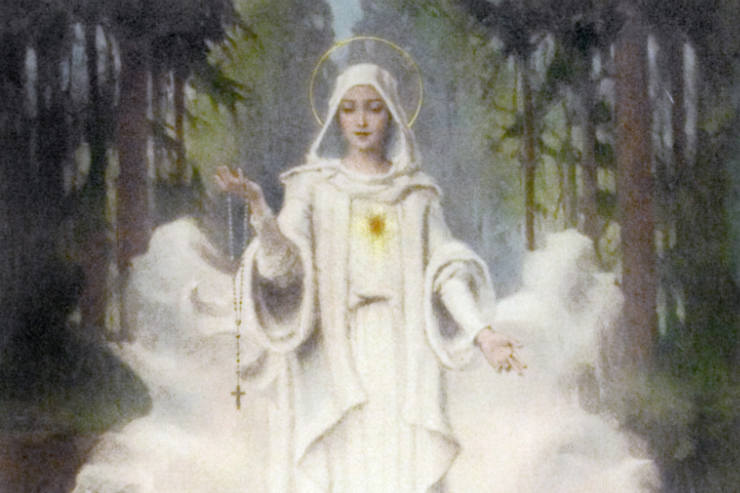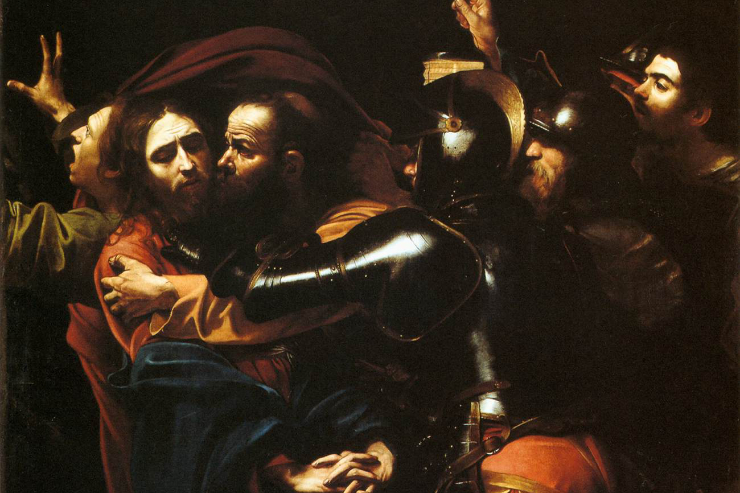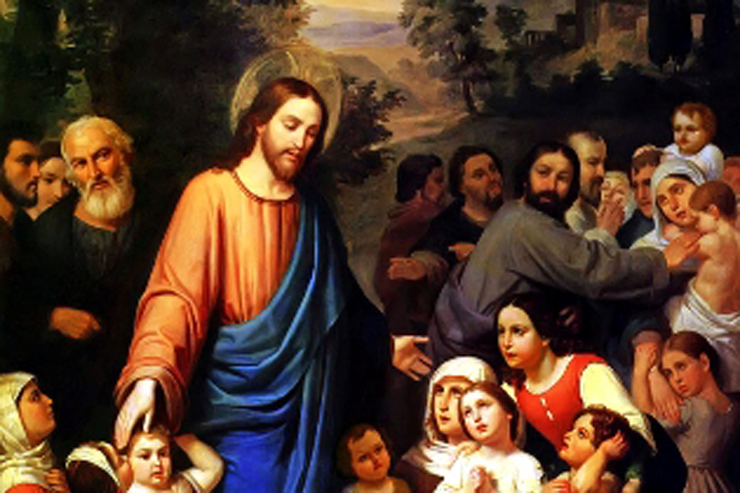There is arguably no one more well-traveled in the world in the nineteenth century than the Belgium-born Father Pierre-Jean De Smet, SJ (Father Peter-John). He was born in 1801 and traveled 180,000 miles in his lifetime, passing away in 1873. On behalf of raising money and awareness for Indian missions in America, the great Jesuit priest crossed the ocean nineteen times, visiting Popes, Kings and Presidents in nearly every European country. Father Peter-John traveled by horse, mule, pull-cart, sailboat, steamboat, canoe, bison-boat, train and foot. He befriended everyone he met along the trail, even helped to negotiate peace treaties for the United States government, including the Fort Laramie Treaty of 1868. For thirty years, in nineteen journeys taken between 1838 and 1868, Father Peter-John traversed through all the present-day western states of America. Along the way he baptized tens of thousands of Indians, including the great Sioux Chief Sitting Bull, whom he befriended.
 This August (2017) parts of our family will be traveling along a trail that Father Peter-John first traveled across in 1840 during one of his first journeys west. We are coming to see the August 21, 2017 solar eclipse near a campsite where Father Peter-John once said Mass near present-day Jackson Hole, Wyoming. Then we will travel to Yellowstone National Park to kayak into Lake Shoshone, once named De Smet Lake, on some nineteenth century maps and references.
This August (2017) parts of our family will be traveling along a trail that Father Peter-John first traveled across in 1840 during one of his first journeys west. We are coming to see the August 21, 2017 solar eclipse near a campsite where Father Peter-John once said Mass near present-day Jackson Hole, Wyoming. Then we will travel to Yellowstone National Park to kayak into Lake Shoshone, once named De Smet Lake, on some nineteenth century maps and references.
That year of 1840 can be said to mark the end, after fifteen successive years, of the Rocky Mountain fur trade. It was last year of the great rendezvous in the wilderness in an area that would one day become part of the state of Wyoming. The main chronicler of this last year of the summer rendezvous in 1840 was Father Peter-John. The Jesuit priest accompanied the American Fur Company’s last expedition to the mountains so that he might survey the prospects for a Catholic mission among the Flathead Indians. This was the beginning of a series of epic pilgrimages to the Far West which were to make Father Peter-John one of the dominant figures in American frontier history.
Father Peter-John first passed through present-day Casper, Wyoming in June, 1840 and then past Independence Rock, where he carved into the stone, “that of the first priest to reach this remote spot.” On July 5, 1840 on the fifth day of the rendezvous, Father Peter-John held the first Catholic Mass in what is now Wyoming, near present-day Daniel. A congregation of 2,000 people, composed of Indians, trappers and traders from the region, attended the service. A stone altar was constructed for the Mass and a granite cross enclosed by a small chapel was later added to the altar site. The service was one of the earliest Christian religious ceremonies conducted in the Rocky Mountain region, but the Protestants beat the Catholic priest by five years. Although that earlier service did not end well for the Protestants.
According to the trapper Joseph L. Meek, the first Protestant service and sermon on August 23, 1835 (five years before the first Catholic Mass) in Jackson Hole was “not such a great success for, in the midst of the discourse, a band of bison appeared in the valley, at which point in the sermon the congregation broke up, without staying for a benediction and every man excitedly joined in the hunt.”
Later in July 1840, Father Peter-John journeyed north and west towards the present day Idaho/Wyoming border. Traveling with trappers and his Indian escorts the priest passed by Jackson Hole and then had to cross the Snake River, boiling with rapids from the snow melt in the Rocky Mountain. Father Peter-John wrote,
“On the 10th of July, 1840, after crossing the lofty mountain, we arrived upon the banks of Henry’s Fork [Snake River], one of the principal tributaries of Snake [Columbia] river. The mass of snow melted during the July heat had swollen this torrent to a prodigious height. Its roaring waters rushed furiously down and whitened with their foam the great blocks of granite which vainly disputed the passage with them. The sight intimidated neither our Indians nor our Canadians; accustomed to perils of this sort, they rushed into the torrent on horseback and swam it. I dared not venture to do likewise. To get me over, they made a kind of sack of my skin tent; then they put all my things in and set me on top of it. The three Flatheads who had jumped in to guide my frail bark by swimming, told me, laughing, not to be afraid, that I was on an excellent boat. And in fact this machine floated on the water like a majestic swan; and in less than ten minutes I found myself on the other bank, where we encamped for the night.”
 A few days later Father Peter-John found himself before another amazing sight, nearly 2,000 Flathead, Pend O’Reille and Nez Perce Indians awaiting the Jesuit priest’s arrival with joy. Later Father Peter-John would establish a mission in St. Ignatius, Montana where I once served as a Jesuit Volunteer in 1983-84 and first heard about the great Jesuit missionary.
A few days later Father Peter-John found himself before another amazing sight, nearly 2,000 Flathead, Pend O’Reille and Nez Perce Indians awaiting the Jesuit priest’s arrival with joy. Later Father Peter-John would establish a mission in St. Ignatius, Montana where I once served as a Jesuit Volunteer in 1983-84 and first heard about the great Jesuit missionary.
As I write this, we are just a few days from starting our journey to see the first solar eclipse from coast-to-coast since 1979 and then head into Yellowstone to kayak across Lake Shoshone. All along the way many of the vistas that Father Peter-John saw nearly two hundred years ago remain as he described them in his journals, “lofty, majestic peaks that stretch to the sky with dazzling colors that bounce off the snowpack.”
Learning about the life of this remarkable missionary is easy in the age of internet information. During his lifetime, Father Peter-John wrote, with quill pen and ink mind you, all about his travels, where he said Mass and camped, he drew maps and sketches, there are saved letters to his superiors and replies to him, all of which provide a rich amount of material to read through and absorb. The Jesuit Archives in St. Louis, Missouri contains most of his papers. They have a great website featuring pictures, drawings and maps. It is pity so few Catholics have ever heard of him, one the great Jesuit Apostles in America in the 19th century! This August we look forward to following in Father Peter-John’s footsteps for the the solar eclipse and kayak trip into Lake Shoshone and marvel, as he did, at the wonders that God has wrought in wilderness of the Rocky Mountains.















